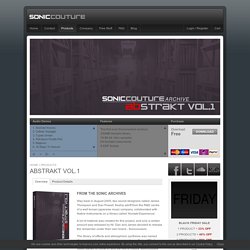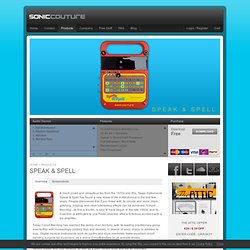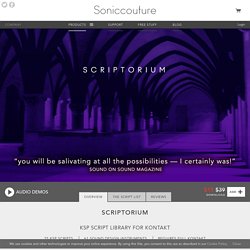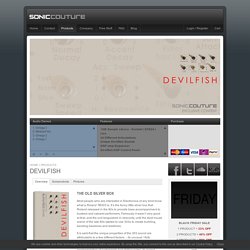

Music Boxes. Glisten. RMI Rocksichord. Rocky Mount Instruments, inc was established as a division of the Allen Organ Company, a massive concern that was later to become a pioneer in the use of digital sound generation in electric organs.

Its early products, such as The Explorer and The Lark, have been described as 'horrible' and 'ludicrous', but by the time the Summer of Love rolled around they came up with something much cooler : "..In the 1960s, RMI introduced the first of its more famous keyboards: the Rock-Si-Chord, or 'Rocksichord' electric harpsichord. There were two primary versions of this, one with a single set of 8' oscillators (the '100' series), the other with 8' and 4' oscillators (the '200' series). The original Model 100 offered just two voices, String and Lute, which you could select individually or as a pair. The more expensive 100A had five: Harpsi, Cembalo, Lute, Guitar A, and Guitar B.
From an Article by Gordon Reid in Sound On Sound, Dec 2001 - ‘Prog Spawn’ . Hall Of Fame About This Rocksichord. Abstrakt Vol.1. Way back in August 2005, two sound designers called James Thompson and Dan Powell, freshly adrift from the R&D centre of a well known japanese music company, collaborated with Native Instruments on a library called ‘Kontakt Experience’.

A lot of material was created for this project, and only a certain amount was released by NI. Dan and James decided to release the remainder under their own brand - Soniccouture. The library of effects and atmospheric synthesis was named ‘Abstrakt Vol.1’. A basic website was put up; offering CDs for sale via paypal - this was before the days of large downloads. Sales started to come in, and the rest is history. Soniccouture's ethos of creating unusual sample libraries of exotic sounds and instruments controlled by creative custom KSP scripting proved very popular, and has spawned many imitators over the years. The original CD edition of Abstrakt Vol.1. Brush Kit. Speak & Spell. A much-loved and ubiquitous toy from the 1970s and 80s, Texas Instruments Speak & Spell has found a new lease of life in electronica in the last few years.

People discovered that if you tinker with its circuits and voice chips, glitching, looping, and other interesting effects can be achieved. ‘Circuit Bending’, as this is known, is said to have begun in the late 1960s, and its invention is attributed to one Reed Ghazala, after a fortuitous accident with a toy amplifier. Today Circuit Bending has reached the levels of an Art-form, with its leading practitioners going ever further with increasingly unlikely toys and devices, in search of sonic chaos. In addition to toys, Digital musical instruments such as synths and drum machines make excellent circuit bending subjects for musicians, as a visit to Circuitbenders.co.uk website shows. The SC Speak & Spell was created by Andy Wheddon, a keen bender from Brighton, UK.
Scriptorium. Sound On Sound January 2009 "..

Scriptorium consists of 35 KSP scripts, and 60 instruments in both Kontakt 2 and Kontakt 3 formats (along with 325MB of associated sample data) that showcase some of their capabilities, plus four video tutorials and a well-written PDF manual. Some of the scripts are simple in concept, yet perfect for the analogue enthusiast — such as the individual random pitch-drift for each note that you can add with Analogue Oscillators, or the global perturbations of Tape Wow. Other tuning aids include Just Intonation and the many micro-tuning scale options of Distemper, and you even get various esoteric beat-frequency options courtesy of Brainwave Detune, plus freeform waveform drawing with LFO Design. Triggering options also abound. While Kontakt's Group Editor lets you combine a selection of sample-filled zones into a group for rich, layered sounds, I was particularly taken by Soniccouture's various Group scripts, which go a lot further. Martin Walker. Devilfish. Most people who are interested in Electronica of any kind know what a Roland TB303 is.

It’s the funny little silver box that Roland released in the 80s to provide bass accompaniment to buskers and cabaret performers. Famously it wasn’t very good at that, and the unit languished in obscurity, until the Acid house scene of the late 80s started to use 303s to create burbling, bending basslines and leadlines. It is said that the unique properties of the 303 sound are attributable to a few different factors - its unusual 18db Lowpass filter ( which was apparently meant to be 24db, but the componentry used was too cheap to achieve that slope), its implementation of portamento and sliding notes, its accent system and lastly, its quirky sequencer. About 15 years ago, a guy in Australia called Robin Whittle from Real World Interfaces started to modify the 303. He discovered that a good number of enhancements and additions could be made to Rolands circuitry.
The Samples.